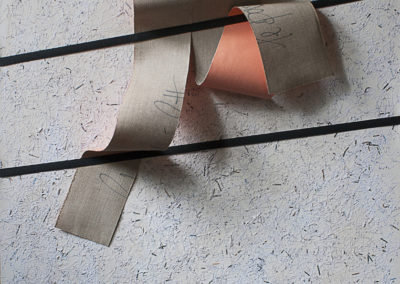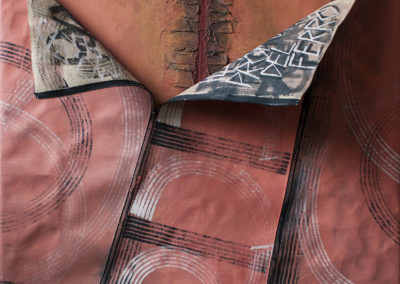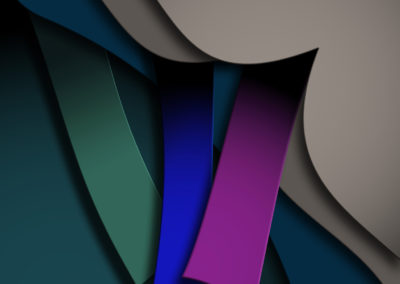Walter Ravizza was born in Milan on 11 July 1955. He deliberately chooses not to belong to the world of advertising and marketing agencies. In this way he becomes responsible for communication, artistic director, creative director and later, in the free profession, a world-class reference student from B & B Italia - Gabetti S.p.A - Pirelli Re...READ MORE ↴
Walter Ravizza was born in Milan on 11 July 1955.
He deliberately chooses not to belong to the world of advertising and marketing agencies.
In this way he becomes responsible for communication, artistic director, creative director and later, in the free profession, a world-class reference student from B & B Italia – Gabetti S.p.A – Pirelli Re – Werner & Pfleiderer – Rittal and many other brands.
In the world of sport, he realizes the “Fiero il Guerriero” brand for Pallacanestro Olimpia Milano, a long-lived for 30 years and built in the stellar decade of the company. His work ranges from print media, to radio, television, to new two / three-dimensional communication media. At the same time, Ravizza has always worked in the art world, producing and realizing at first simply as a formal act of research and development of his ideas and expressive language and today art occupies him full time. Founder of Relationalism and artist constantly looking for languages and expressive techniques such as digital art.
The works of Walter Ravizza are an absolute novelty in the vast international artistic panorama: they capture at first glance for the calibrated and effective chromatic choice that the artist offers even to the most inattentive observers, who in front of his works can not but be involved by that swirl of regular shapes and intense colors.
They thus obey the first commandment of art: they provoke an aesthetic emotion, and, like all true works of art, do not stop at this.
The intent of the work of art, in truth, must be to inspire in the observer the sense of beauty precisely according to the illuministic meaning of Diderot: the abandonment of the idealistic schemes. The aesthetic sense and beauty become the result of a “relationship” between the artistic object and those who perceive it with their individual sensitivity. In this way “the aesthetic” is no longer the object itself, but the “relationship” subject-object. Relating art with the user, with Relationalism, is the great challenge of Ravizza, and that is why his works
they are characterized by a zipper or by one or more flaps that can be opened and closed or moved and modified as desired.
The hinge of Walter Ravizza, unlike that (and in any case improperly defined Zip) of Barnett Newman who set himself the purpose of uniting and dividing the work of art, intends to grant the viewer the power to decide how he wants the work, modifying it as the result of an emotional and aesthetic interaction and this we find it even more explicit in its edges.
For the first time, in the artistic event, the spectator becomes an actor and is not mere agreement. The work of art is not passively suffered but with it we relate, we live, we grow emotionally, we confront each other. Like Kandinsky, Ravizza creates a new and revolutionary artistic language and as the founder of abstractionism, he titled his works calling them “compositions”, thus granting the observer the additional power of not being conditioned in the interpretation by what the artist he thought about making the work. Deepening then the creations of the Relativism of Walter Ravizza with the intent to go beyond the simple objective datum, we will discover that the author furnishes a second key of reading of the work; the analysis therefore arrives at a higher level of consciousness. The plane below the hinge becomes an introspective inquisitor to the soul of the observer, placing the user in relation with the different layers of matter and bringing him to identify himself with his inner self. Since 1987 Ravizza is certainly one of the interpreters of the worldwide artistic current of Digital Art. Profound connoisseur of the new tools that an artist can have available today for his research and exploration of his artistic gesture, he expresses himself in this case with his very personal language and, more importantly, maintaining the expressiveness and recognisability unaltered of his work in all his pictorial and digital production. The three most important exhibitions are personal and exhibitions in Milan, Barcelona, Berlin, Turin, Monza, Savigliano, Bologna, Riccione, Padua and Genoa.



